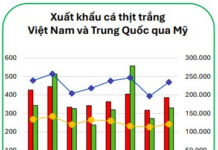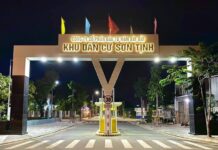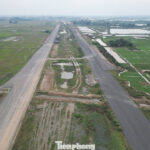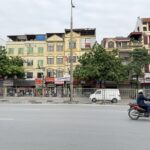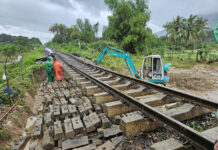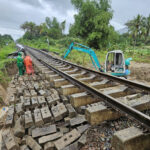Prior to 2013, National Highway 5 (QL5) had two state-owned toll stations located in Hai Duong and Hai Phong, collecting maintenance fees ranging from 10,000 to 20,000 VND per trip. These stations ceased operations once the Road Maintenance Fund was established.
By 2016, upon the completion of the Hanoi – Hai Phong Expressway, the Infrastructure Development and Financial Investment Corporation (VIDIFI), the project investor, was granted control over QL5. They assumed responsibility for both maintaining the road and collecting tolls to recover investment costs. Toll Station No. 1 was relocated from Hai Duong to Pho Noi in Nhu Quynh Commune, Hung Yen, an area with high traffic density due to its proximity to a bustling urban-industrial center.
Consequently, some drivers began diverting from QL5 to rural roads, residential areas, or industrial zone routes to avoid toll fees. This shift placed significant strain on infrastructure not designed for such heavy traffic and loads.

Toll Station No. 1 on QL5.
According to a report submitted to the Hung Yen Department of Construction, the parallel road along Ring Road 4 from the Bac Hung Hai Canal to QL5 has completed its foundation, with several sections paved with asphalt concrete. A new connection has emerged between the Viet Thanh Driving Test Center and An Lac Village, previously separated by a field. Before barriers were installed, cars and small trucks easily used this route to bypass the toll station.
VIDIFI noted that once the parallel road is fully completed and the connection to QL5 is seamless, large trucks could also exploit this route with just a 300-meter detour. Furthermore, when the extended section of the parallel road reaches Provincial Road 385, drivers would only need to travel an additional 1 kilometer to avoid Toll Station No. 1.
Beyond the parallel road, Provincial Roads 380, 385, and District Road 13—after upgrades—have also become popular toll evasion routes for container trucks and large vehicles. Vehicles under 3.2 meters in height use District Road 13 through Pho Noi A Industrial Park, while container trucks and larger vehicles switch to Provincial Roads 385 and 380. At times, traffic on Provincial Road 385 stretches for kilometers.
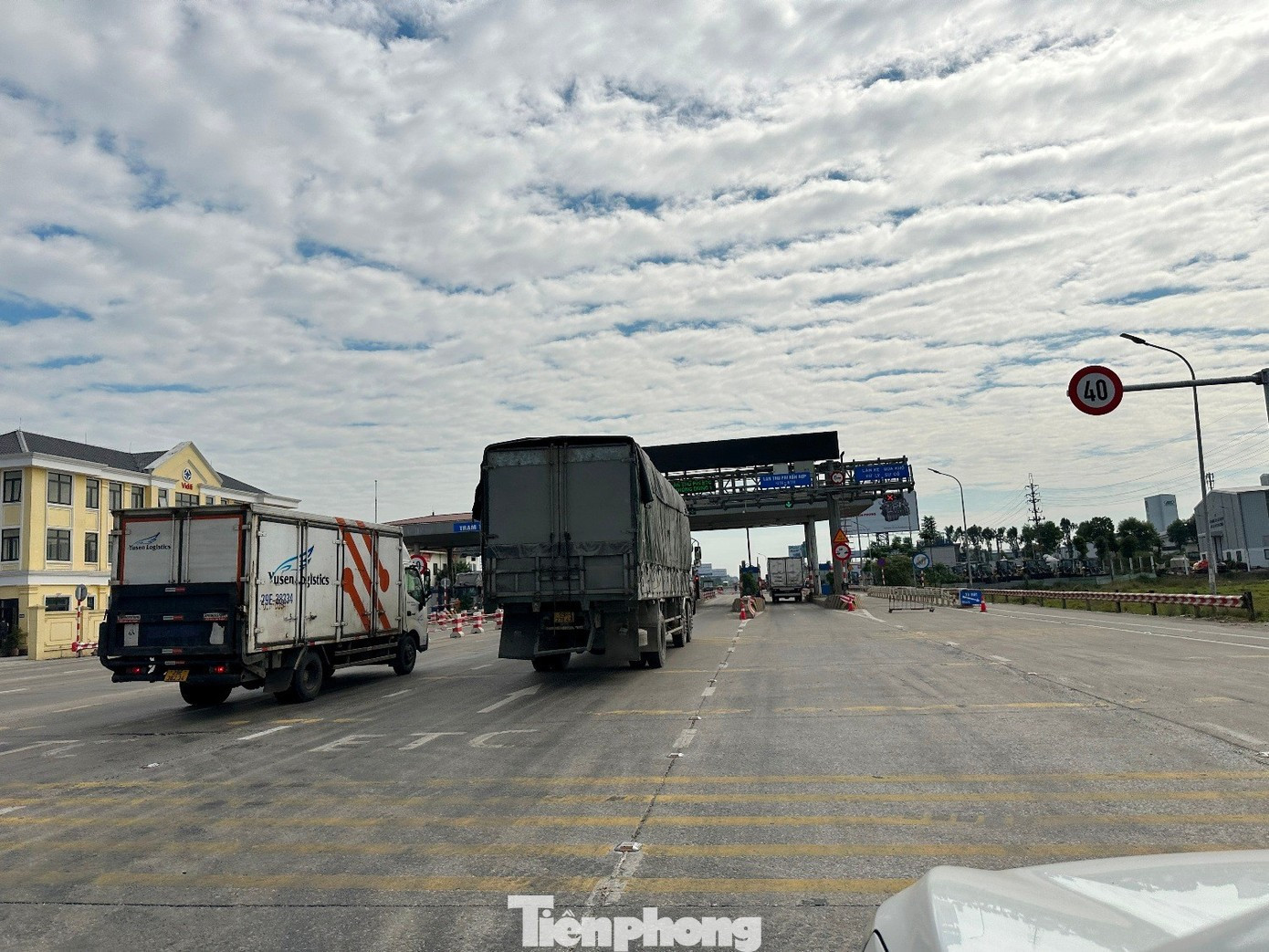
VIDIFI has urged Hung Yen to install barriers at all connection points on the Ring Road 4 parallel road and height-restriction frames to prevent large vehicles from entering residential areas.
Traffic data reveals a significant disparity between vehicle flow and toll payments: Daily measurements at Km12+300 (before the station) record nearly 38,700 vehicles, while Km58+800 (after the station) records over 40,800. In contrast, only about 18,000 vehicles actually pass through Toll Station No. 1. This indicates that many vehicles opt for rural or industrial zone roads instead of the toll route.
Provincial Road 380 currently has a sign prohibiting four-axle vehicles, but it no longer meets standards and lacks alternative route guidance, allowing container trucks and vehicles with more than four axles to continue using it.
VIDIFI warns that as bypass routes become more accessible, increased traffic on smaller roads and industrial zone roads will heighten the risk of accidents, especially with trucks and container vehicles sharing space with students and residents. Rapid road deterioration, frequent congestion, and declining road usage revenue will follow.
Reduced revenue not only hampers QL5 maintenance—which requires nearly 11,870 billion VND over 30 years—but also directly impacts the financial plan for the Hanoi – Hai Phong Expressway, as a portion of its investment recovery relies on Toll Station No. 1 fees.
VIDIFI has requested that Hung Yen promptly install barriers at all openings on the Ring Road 4 parallel road, particularly at the QL5 connection and the Viet Thanh Driving Test Center entrance. They also recommend studying time-based restrictions or bans on container trucks on Provincial Road 385 and updating signage to meet new standards.
Up-Close Look: Hanoi’s Ring Road 4 Parallel Roads at Risk of Missing Deadlines
Scheduled for completion by the end of 2025, significant portions of the parallel roads accompanying the Ring Road 4 project in Hanoi remain stalled due to unresolved land clearance issues or are only in the initial stages of foundation excavation and backfilling. The project investor has warned of a high risk that the deadline may not be met.
The 85,000 Billion VND Ring Road in Bac Ninh: Major Sections Paved, Completion Expected in 2 Months
The Belt Road 4 project, spanning through the Northern region of the Capital Area, is progressing at an unprecedented pace. Significant sections have already been paved with asphalt, marking substantial progress. With contractors deploying maximum resources and manpower, the project is on track for completion by December 31, 2025.
Completing 18 km of the Parallel Road Along Beltway 4 by Year-End
The developer of Hanoi’s Ring Road 4 project has announced that two parallel road sections, spanning approximately 18 kilometers, will be completed by the end of this year. These new segments are set to significantly alleviate traffic pressure on existing ring roads running through the inner city area.


















